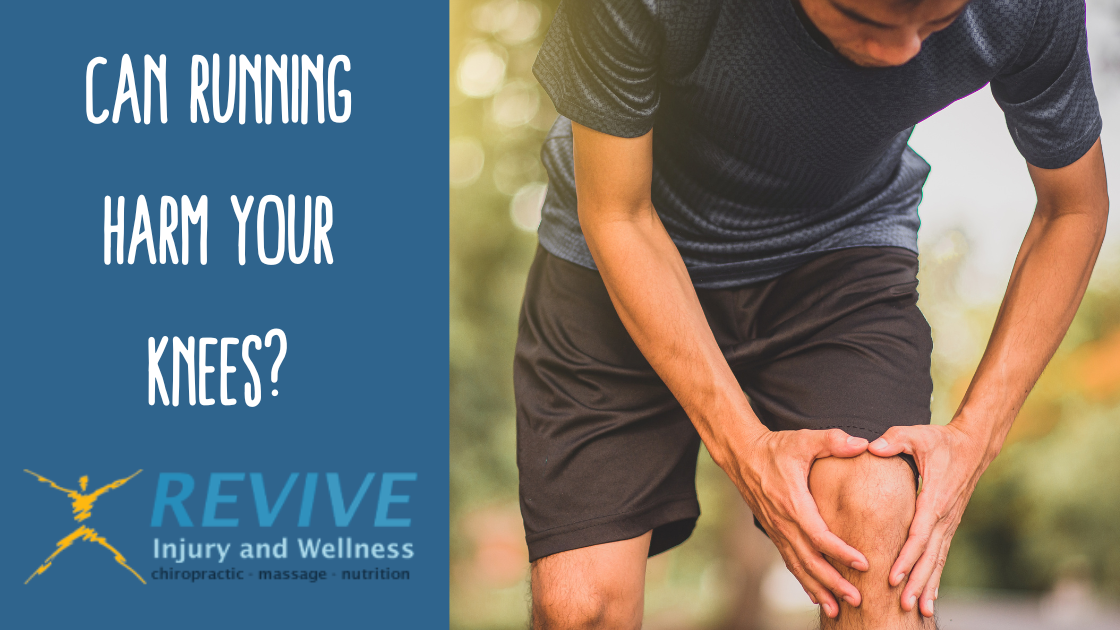
Many think running harms the knees, whether you’re a veteran, newcomer, or poky runner. However, the case is the reverse, according to many studies. Studies conclude that distance running has no negative effect on most runners’ knees, but instead, they strengthen the areas causing sturdier joints and less damage than those not in sports. However, the effect is not the same in every person because every person has a unique history of what has happened behind their kneecaps. Here is why runners do not often face knee problems, unlike non-runners.
Running isn’t bad for your knees.
Many people think running is bad for the knee because of the force of striking the ground. However, the effect is less when you run properly with supportive shoes. In fact, runners are associated with lesser chances of arthritis as the action improves fluid flow to the joints, leaving them lubricated as you run. Running is beneficial to the joints and overall health of all ages. Still, runners may face knee problems due to other factors that attack the knee while running. For example, your running is affected by core strength and posture; runners with weak hips or thigh muscles can encounter knee injury. Another factor is obesity or being overweight, increasing the risk of injury as the knee carries too much weight as you take each step. However, you can shed pounds by participating in a running program, especially if you’re overweight or obese. As runners lose pounds, the strain on the knee and joints reduces.
What harm runners’ knees
Osteoarthritis is common issue runners face later in life, but there are other injuries that are common, like;
Patellofemoral pain syndrome (PFPS) is often referred to as a runner’s knee. The pain surrounds the kneecap because of misalignment. The cap may not fit properly with your joint because of weak thigh muscles, repeated motion due to insufficient strength training, or too much running. In addition, the body needs time to adjust and adapt to the exercise. Remember that running also causes injuries but focusing on your limit is a great way to control it.
In addition, it is advised to add resistance and strength training to your running routine. The extra work is to increase the body’s resilience. You can participate in strength exercises like weight, calf raises, a raised heel, goblet squat, and wall sits to support the joints and avoid injury.
What to do about runner’s knee
PFPS happens under, above, or below the kneecap or front knee. You feel the pain when inclining while running. If you are experiencing this pain, stop running. Don’t ignore it, or it will get worse. Instead, visit a doctor who will recommend a personalized treatment to help with the pain.
The doctor will start with what triggers the pain by asking if you recently increased your running distance. Then, the doctor may advise you to reduce the distance to build your stamina or engage in strength training to build core muscles. These activities will improve your form and reduce knee pain while running. In addition, it also reduces the chances of having a knee injury.
More on Our Services
Ergonomics, Posture and Chiropractic Health
5 Questions to Ask Your Chiropractor About Neck Pain
How to Choose the Right Chiropractor
5 Things to Consider When Dealing with Neck Injuries
Is a Chiropractor Visit Scary?
How Soon After a Car Accident Should You Visit a Chiropractor?


